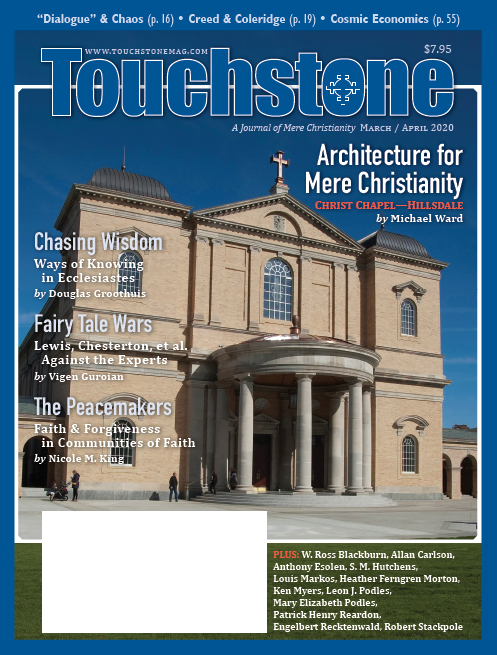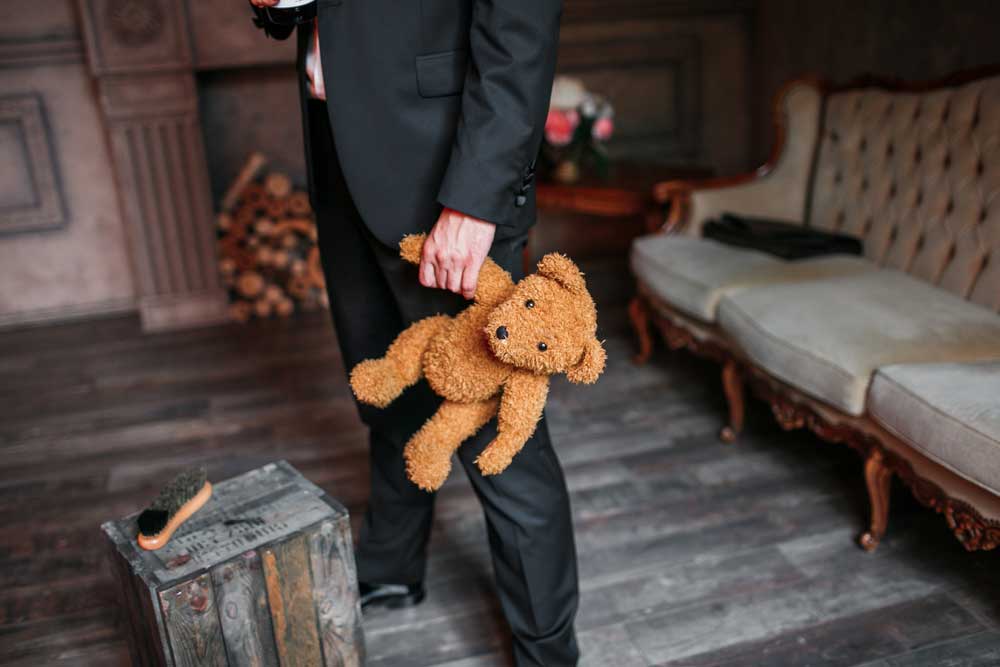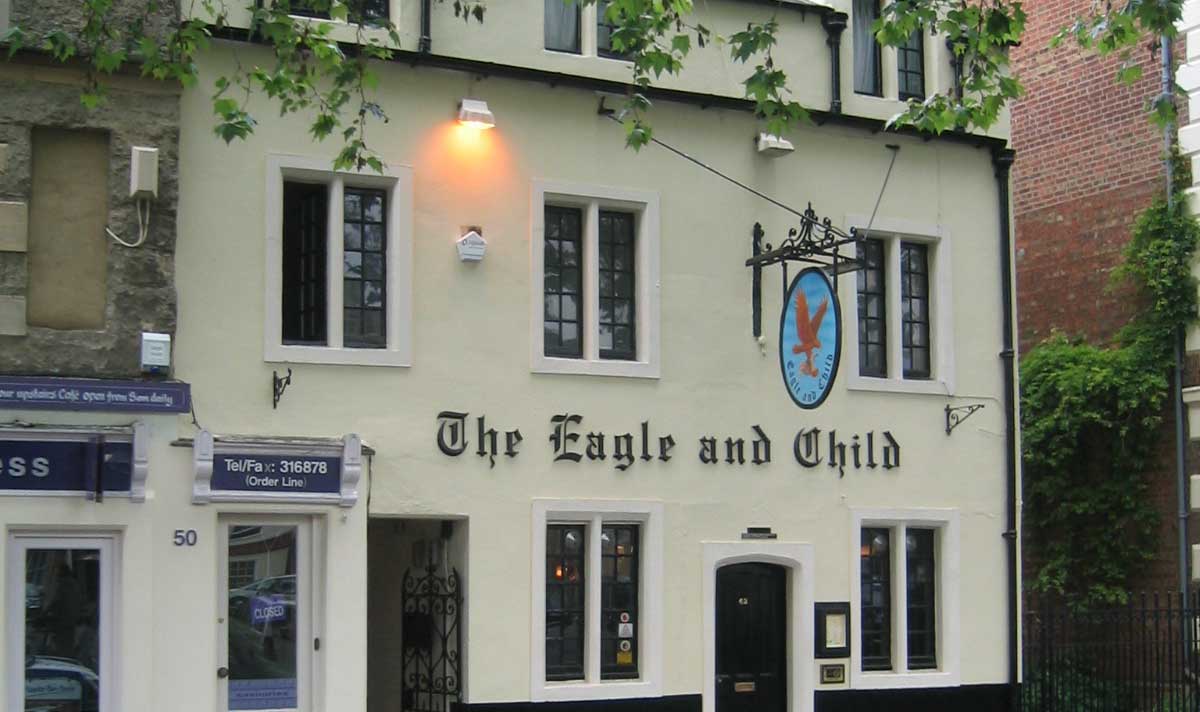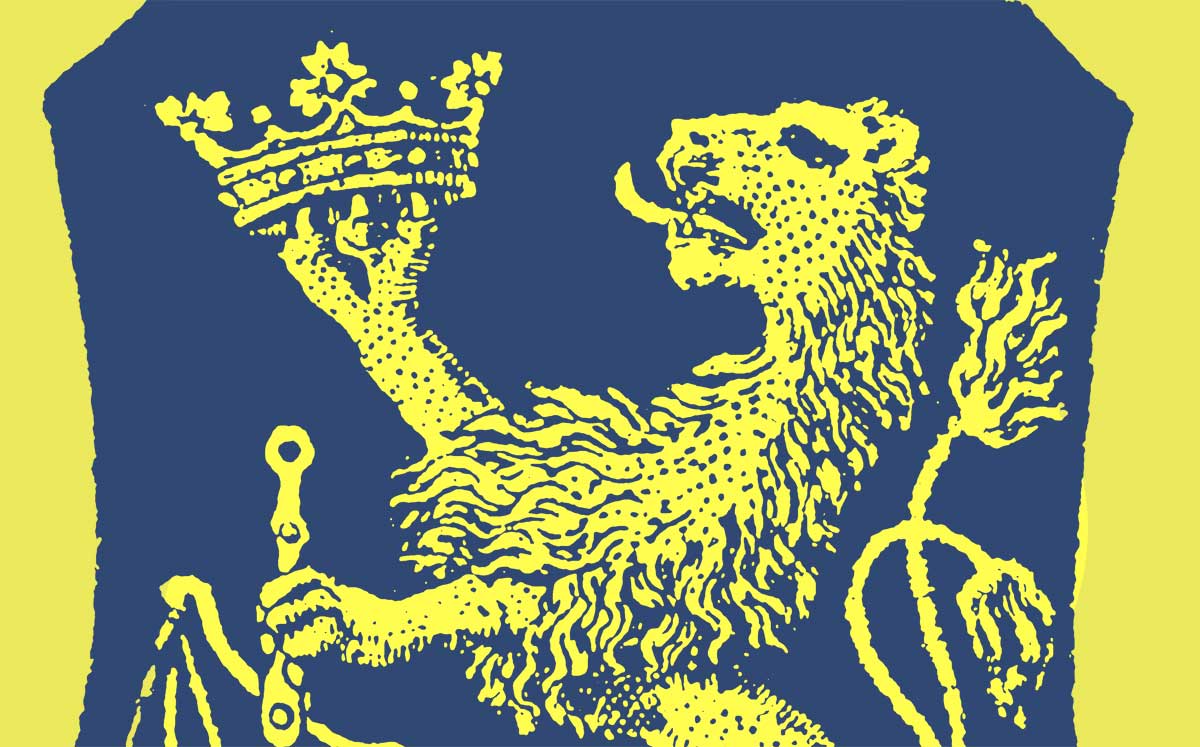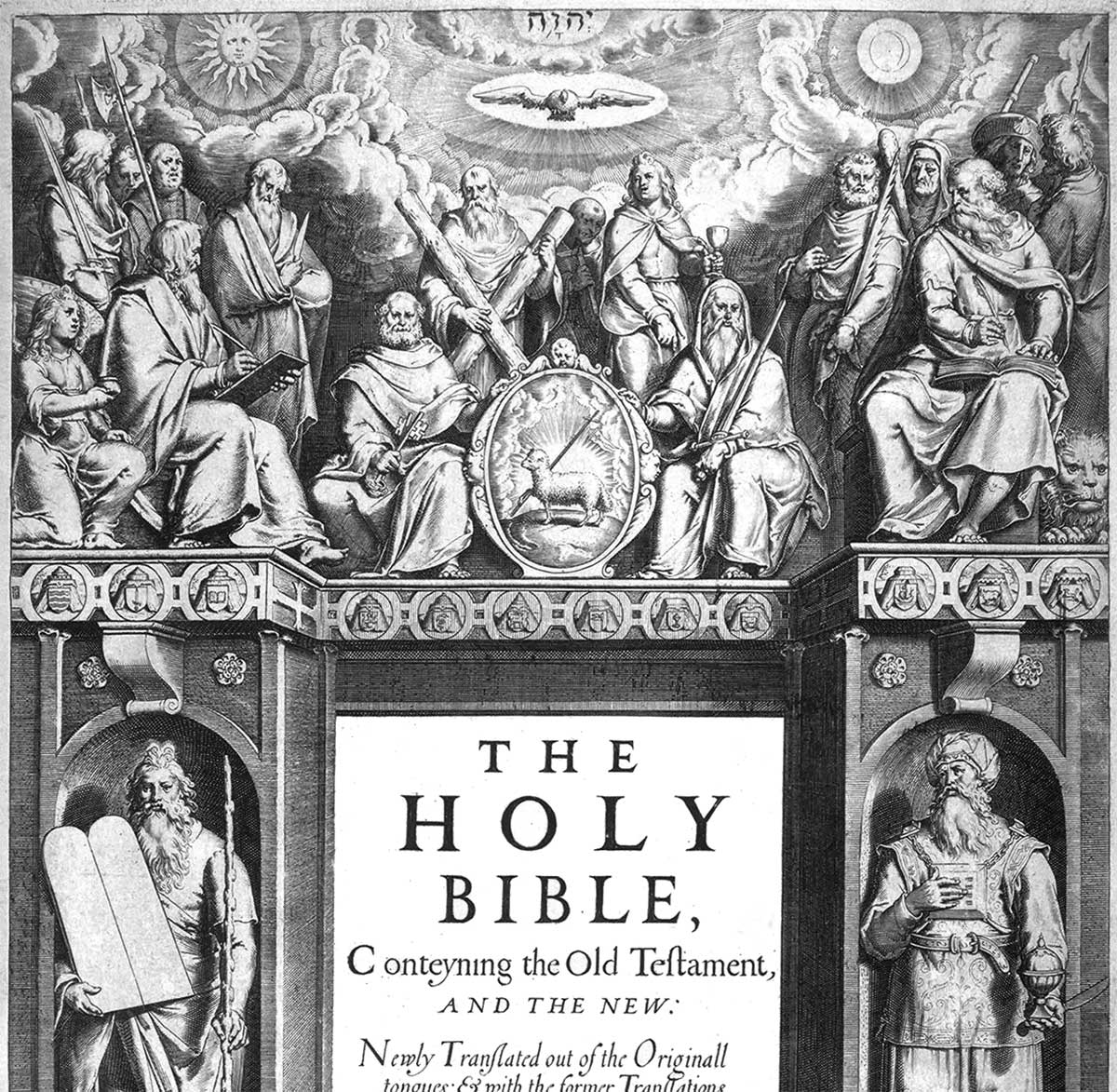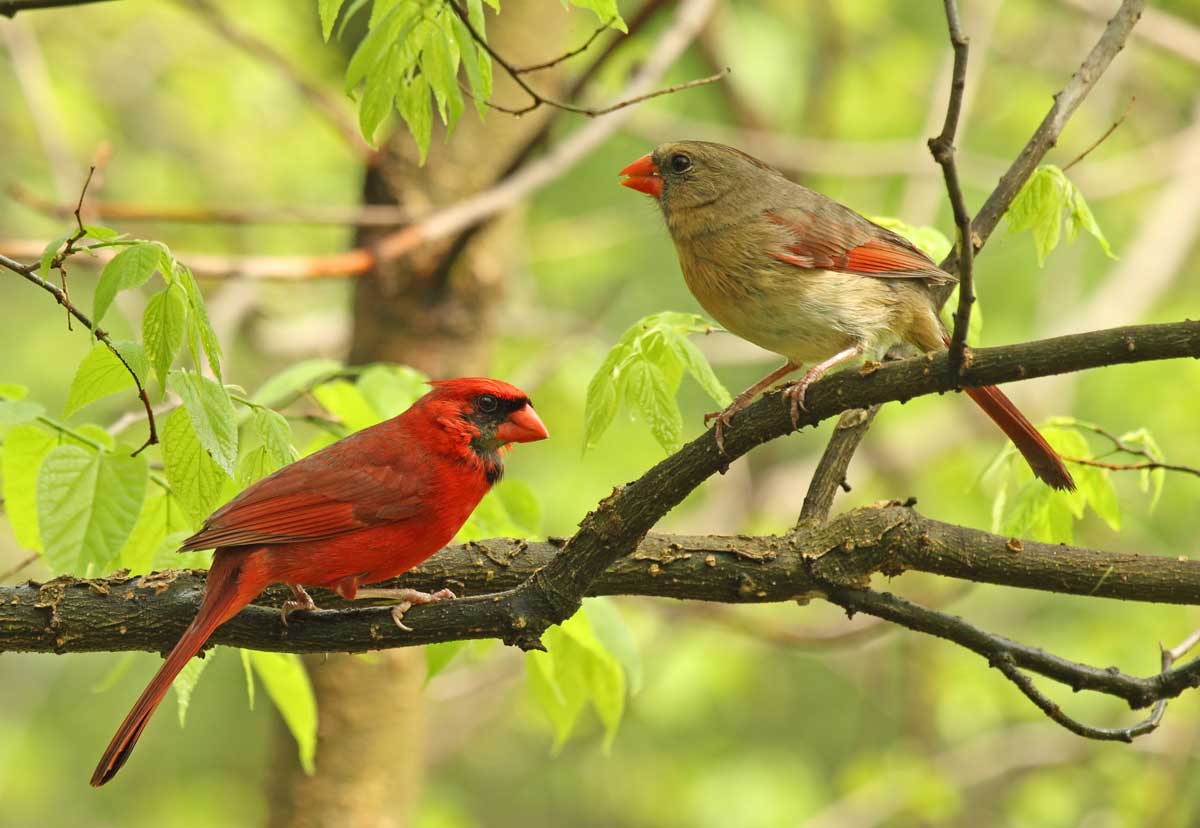Feature
The Fairy Tale Wars
Lewis, Chesterton, et al. Against the Frauds, Experts & Revisionists
Why is it that so many of the people who make fairy tales their business, who, one might say, "rule the roost" in that "business," are keen to persuade us that the worth or commendableness of these venerable stories is diminished by their age, impaired by old prejudices that our enlightened, up-to-date standards refute and mustn't tolerate? Over the years, when teaching children's literature in the college classroom and writing about it, I have been conscious that I view fairy tales very differently from those who have laid scholarly claim to them. And while I have dismissed their opinions, seldom have I addressed the "guild" outright. In this instance, I believe it is wise to examine, however briefly, the matter I have posed, in order to move on to several much more crucial questions, namely: "What is the value in fairy tales, and why should we introduce them to our children?"
The Critics
Two influential literary critics who have written on children's literature are Roger Sale and Maria Tatar. The late Roger Sale turned his attention to children's literature earlier than most. To his credit, in his book Fairy Tales and After: From Snow White to E. B. White (1978), he discloses his personal beliefs and the professional commitments that affect how he reads and interprets fairy tales. He states that he is attracted to J. R. R. Tolkien's and Elizabeth Cook's argument that the great fairy tales evoke the race's deepest religious "longings and possibilities" and open one to
(here quoting Cook) an experience "of the strange, the numinous, the totally other." Nonetheless, he confesses that he finds himself "looking through this door . . . only at a distance," adding,
I think I [have] wanted them [the fairy tales] to have this effect on me more than they actually did, or now have. . . . My feelings give me a position between that described by . . . Tolkien—where one is stilled when confronted with the totally other—and that of a scholar, whose search for evidence is totally secular.
Sale's difficulty is not about a choice of method. For a "secular" method is not neutral, as is so often claimed. At best, it is indifferent to religion, and at worst, it opposes religion wherever it detects it. Sale's stumbling block is a failure of belief and a refusal to permit religion to enter into the "sacred" temple of secular scholarship. Perhaps if he were more forthcoming about his own disbelief, he would not overlook, trivialize, or dismiss the religious elements in the tales of the Grimm Brothers or Hans Christian Andersen, or in Kenneth Graham's The Wind in the Willows. Perhaps he would have included a chapter on C. S. Lewis's Narnia Chronicles instead of disposing of them in a single sentence as "brittle, mechanical, and naggingly preachy." Or is it that once one has knelt at the altar of secular scholarship, religious belief becomes taboo?
There is one other facet of Sale's tortuous stance on fairy tales that calls for attention. Sale begins his assessment of the worth of the classic fairy tales with a harsh assessment of the world from which they sprang. He states: "When I think of the world out of which 'Snow White,' 'The Juniper Tree,' 'The Goose Girl,' 'Hansel and Gretel,' and many others came, I shudder and I am grateful I am not asked to be good, to be me, to be alive, in that world." C. S. Lewis gave a name to this breed of literary mindset. He called it "chronological snobbery."
Sale's snobbery calls into question not only the value of the Grimms' fairy tales, but also the stories of Charles Perrault, Madam D'Aulnoy, Madame De Beaumont, and Hans Christian Andersen, all of whom imaginatively make present a world that he judges to be virtually subhuman, a world in which, he believes, individuals are gravely hindered from becoming agents of goodness or secure in their own identity. But if this is so, why, one must ask, would we ever, under any circumstances, choose to expose our children to these stories or, for that matter, to Homer's Iliad, Virgil's Aeneid, Dante's Divine Comedy, or even the Bible?
Maria Tatar, in Off with Their Heads! (1992), speaks for most of her peers when she laments: "Defenders of fairy tales often fall into the trap of elevating these stories into repositories of higher truths and moralities," when it ought to be recognized that
printed fairy tales are colored by the facts of the time and place in which they were recorded. It is especially odd that we continue to read to our children—often without the slightest degree of critical reflection—unrevised versions of stories that are imbued with the values of a different time and place.
Vigen Guroian was, until his retirement, Professor of Religious Studies in Orthodox Christianity at the University of Virginia in Charlottesville. His books include Tending the Heart of Virtue: How Classic Stories Awaken a Child's Moral Imagination (2002) and The Orthodox Reality: Culture, Theology, and Ethics in the Modern World (Baker Academic, 2018).
subscription options
Order
Print/Online Subscription

Get six issues (one year) of Touchstone PLUS full online access including pdf downloads for only $39.95. That's only $3.34 per month!
Order
Online Only
Subscription

Get a one-year full-access subscription to the Touchstone online archives for only $19.95. That's only $1.66 per month!
bulk subscriptions
Order Touchstone subscriptions in bulk and save $10 per sub! Each subscription includes 6 issues of Touchstone plus full online access to touchstonemag.com—including archives, videos, and pdf downloads of recent issues for only $29.95 each! Great for churches or study groups.
Transactions will be processed on a secure server.
more on C. S. Lewis from the online archives
more from the online archives
calling all readers
Please Donate
"There are magazines worth reading but few worth saving . . . Touchstone is just such a magazine."
—Alice von Hildebrand
"Here we do not concede one square millimeter of territory to falsehood, folly, contemporary sentimentality, or fashion. We speak the truth, and let God be our judge. . . . Touchstone is the one committedly Christian conservative journal."
—Anthony Esolen, Touchstone senior editor






